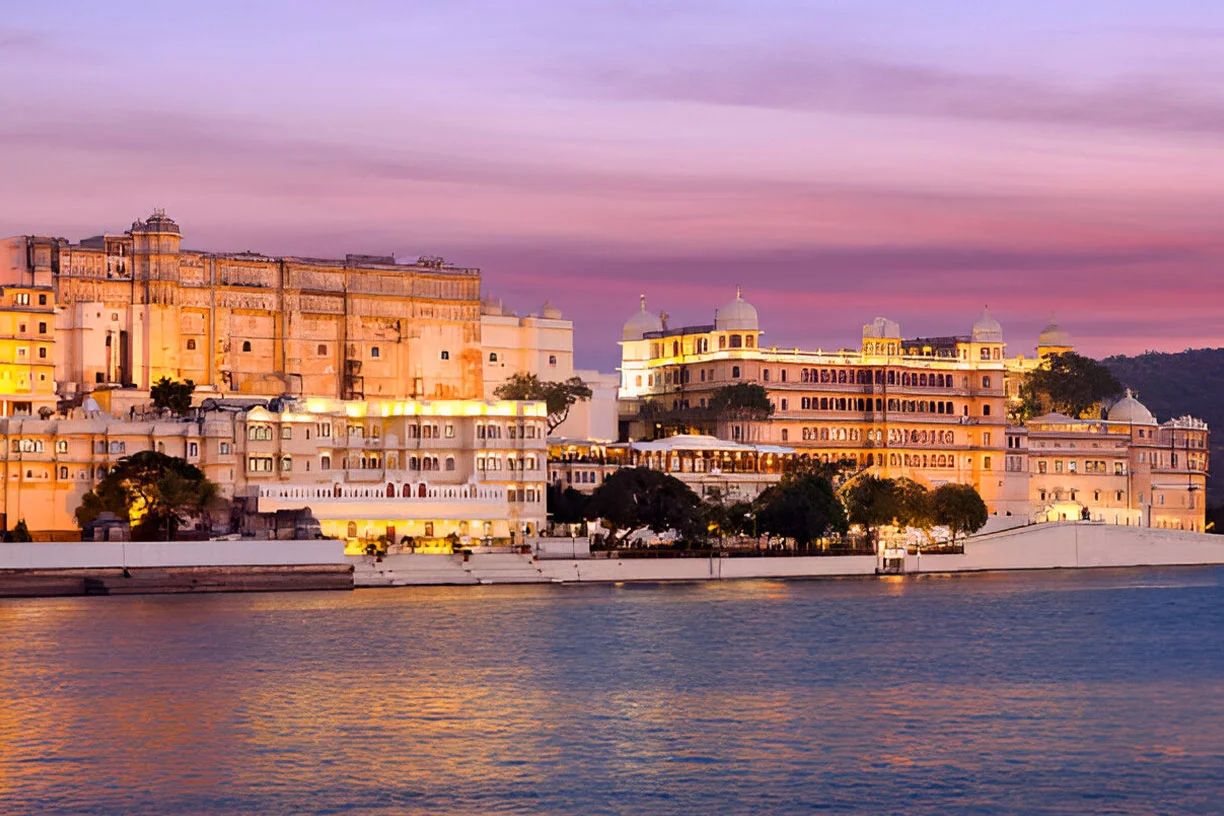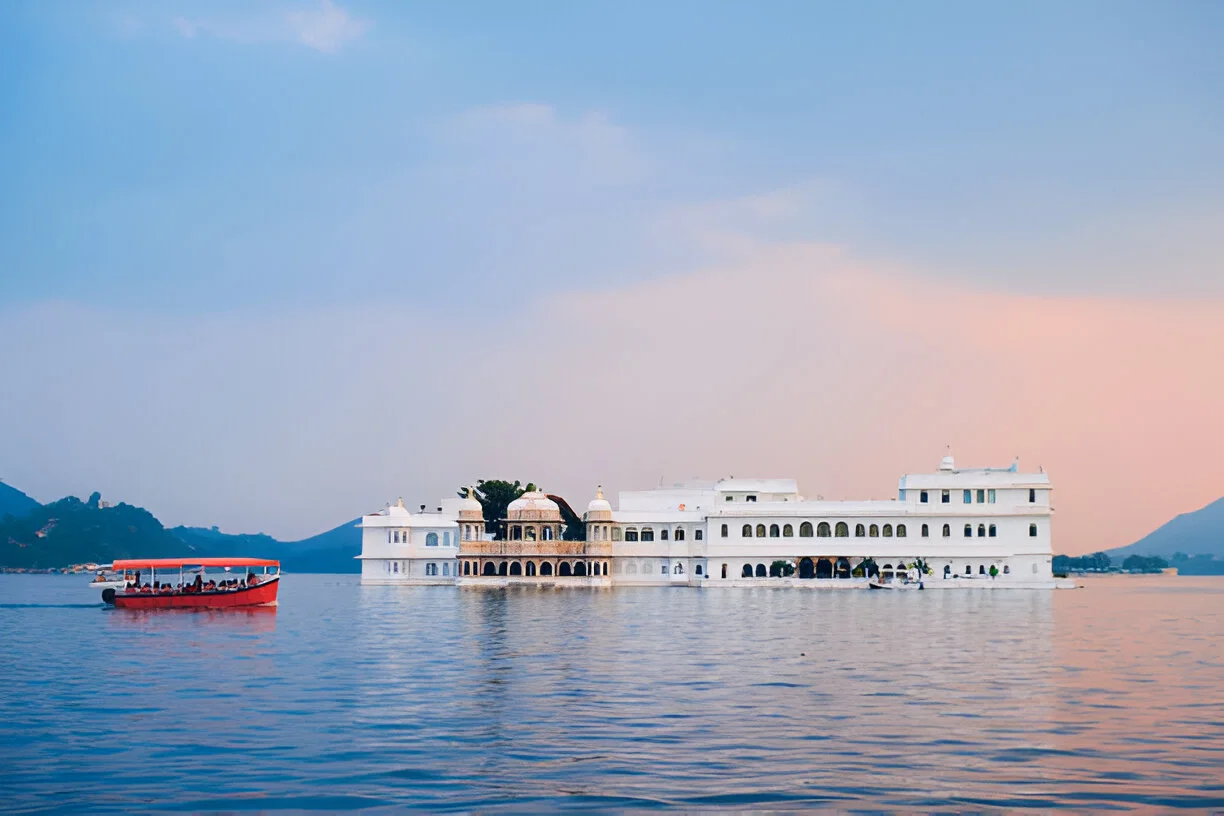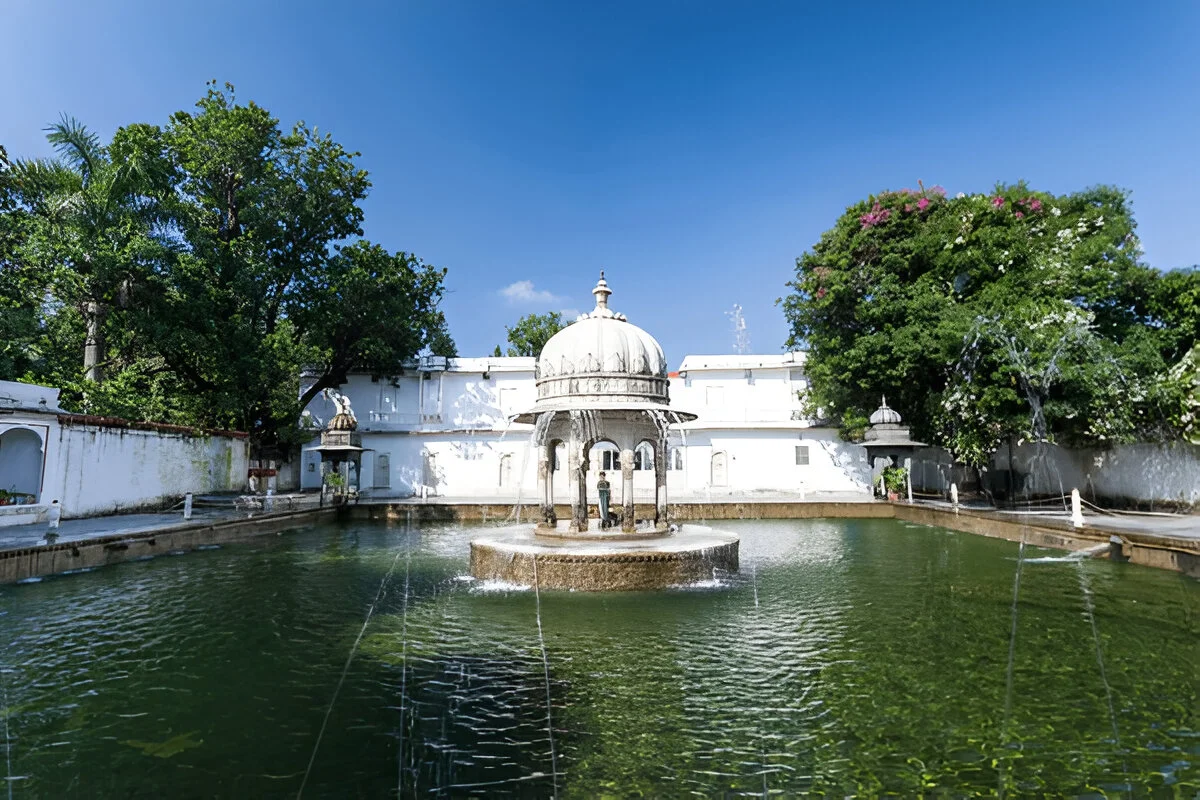Experiences

City Palace
Located on the eastern banks of Lake Pichola, this majestic palace complex was constructed in phases starting from 1559. Its elegant balconies offer sweeping views of Jag Niwas (Lake Palace), Jag Mandir, and the enchanting cityscape of Udaipur. The grand entrance, known as Tripolia Gate, was built in 1725 and opens into a series of courtyards, terraces, corridors, and lush gardens. One of the highlights is the Suraj Gokhda, the historic sun balcony where the Maharanas of Mewar would appear before the public during times of crisis to inspire confidence and unity.


Fateh Sagar Lake
Fateh Sagar Lake, located to the north of Lake Pichola in Udaipur, is a serene and scenic attraction with a rich history. Originally constructed in 1678 AD by Maharana Jai Singh, the lake was later reconstructed and expanded by Maharana Fateh Singh after severe rainfall caused major damage. Though it dried up in 1993–94, Fateh Sagar Lake was beautifully revived with rainfall in 2005–06.
Lake Pichola
Lake Pichola, one of Udaipur’s most iconic lakes, stretches approximately 4 km in length and 3 km in width. Created in the 16th century by Maharana Udai Singh II, this artificial freshwater lake is home to two picturesque islands — Jag Niwas and Jag Mandir. The renowned Lake Palace, located on Jag Niwas, now serves as a luxurious heritage hotel. Accessible by boat from the City Palace's Bansi Ghat, the lake features several historic ghats used for bathing and washing. Despite its grandeur, Lake Pichola is relatively shallow — filling up during monsoon but vulnerable to drying up during droughts.


Gulab Bagh and Zoo
Gulab Bagh, the historic rose garden established by Maharaja Sajjan Singh, is located on the eastern banks of Lake Pichhola. This lush garden features a rare library housing ancient handwritten manuscripts and books. Notably, parts of the revered text Satyarth Prakash were written here, and its memorial stup is also situated within the garden. Gulab Bagh also includes a well-maintained zoo, home to tigers, leopards, Chinkara gazelles, exotic birds, and other wild animals. A major attraction for children is the mini train, which runs on a track that includes views of Nehru Garden, located on an island in Fateh Sagar Lake.
Sahelion Ki Bari
Built by Maharana Sangram Singh in the mid-18th century, Sahelion Ki Bari—also known as the Garden of the Maidens—is a charming symbol of royal leisure and grace. Designed for the queen and her companions, the garden reflects the refined tastes of the royal ladies. It features four beautiful pools adorned with elegant kiosks, lush flowerbeds, well-manicured lawns, and intricately crafted fountains—all set amidst shady trees and high protective walls.


Sajjangarh Palace
Perched atop the Bansdara Mountain at an elevation of 944 meters above sea level, Sajjangarh Palace, also known as the Monsoon Palace, is one of Udaipur's most iconic landmarks. Built in 1883 by Maharana Sajjan Singh, this majestic palace was originally intended as a summer retreat for the royal family of Mewar and to observe the movement of monsoon clouds—hence its name.
Moti Magri
Moti Magri, also known as Pearl Hill, stands as a captivating attraction in Udaipur, the "City of Dawn." Perched atop this scenic hill is the iconic Pratap Memorial, a bronze statue commemorating the legendary Rajput ruler Maharana Pratap Singh and his loyal horse, Chetak.




